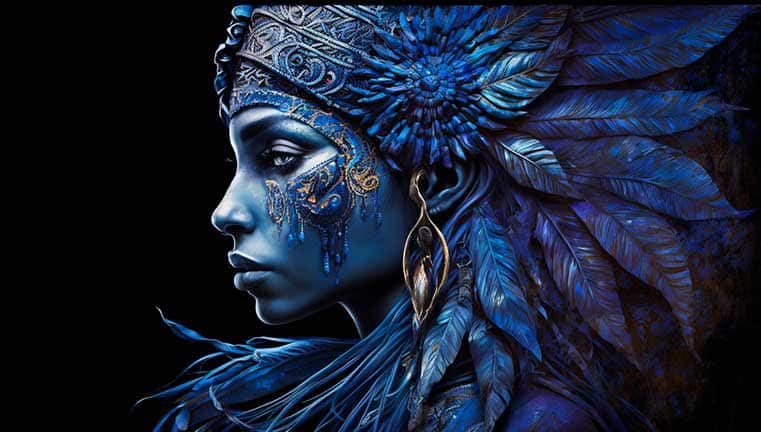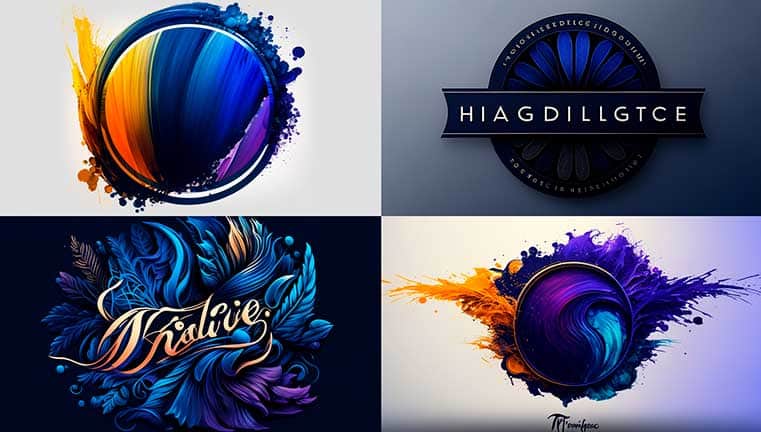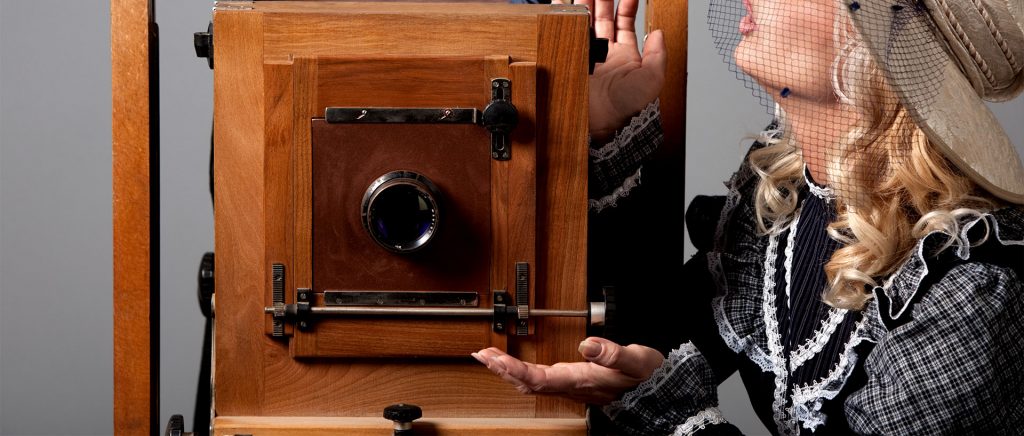Indigo or anil is a color that is usually associated with royalty, wisdom, and intuition. It is also the color of the chakra known as the third eye.
In this blog post, we will explore the psychology and meaning of the color indigo and anil, including its connection to spiritual realms.
Whether you are drawn to this color for its beauty or symbolism, read on to learn more about the fascinating energy of indigo.

Indigo color psychology
Indigo is a complex and intriguing color that has long fascinated psychologists in their studies of the meaning of colors in psychology.
At its core, indigo is associated with feelings of care and understanding. This is partly due to its association with the planet Venus, traditionally considered a source of love, compassion, and beauty.
Anil is also associated with clarity and insight, reflecting its symbolic connection with Mercury, the planet associated with knowledge and communication.
In addition, it has been found that indigo colors have a mood-lifting effect, making them especially beneficial for use in relaxation therapies or activities such as meditation or yoga.
In general, it is clear that the psychology of anil color can provide valuable insight into our minds and emotions. And for those who want to tap into these benefits, experimenting with this unique shade may be a step in the right direction.
Psychological meanings of the color indigo
The color indigo is often associated with:
- Sadness.
- Melancholy.
- Introspection.
- Contemplation.
- Wisdom.
- Knowledge.
- Loyalty.
- Honesty.
- Relaxation.
- Luxury.
- Magic.
- The supernatural.
- Power.
- Strength.
What does it mean in other cultures?
In many cultures around the world, the color indigo has significant meaning and symbolism.
In Hinduism and Buddhism, for example, indigo represents the sky and is often associated with wisdom and prosperity.
In China and Japan, on the other hand, indigo is associated with winter or darkness, and is often used to represent loneliness or pain.

Furthermore, in Native American culture, the meaning of the color indigo is closely related to water and represents healing and purity.
In general, it is clear that the color has profound meaning in many different cultures around the world.
Whether through mythology, spirituality, or the symbolism of nature, the rich history of indigo makes it a truly fascinating shade that deserves our attention.
The color indigo in marketing and advertising

Indigo is a special color that has long held an important place in marketing and advertising.
This vibrant and versatile tone conveys a sense of luxury and exclusivity, making it ideal for creating products that are intended to be high-end and highly desirable.
From fashion items, such as expensive designer clothing, to high-end cosmetics and skincare treatments, indigo or anil can be used to enhance any product and make it appear more luxurious in the eyes of consumers.
Moreover, indigo images can be very effective in image-building marketing campaigns, especially for companies looking to create an association between themselves and high quality or exclusivity.
Therefore, it is to be expected that in the coming years we will see a lot of indigo in all kinds of marketing materials.
Conclusion about the meaning of the color indigo and anil
The meaning of the color indigo is often associated with deep thoughts and feelings.
It can evoke a sense of mystery and spirituality. In Western cultures, the color indigo is usually considered positive, but this may not be the case in other cultures.
When used in marketing or advertising, it is important to consider how the target audience will interpret the color.
Thanks to its ability to evoke strong emotions and ideas, the psychology of the color indigo can be a powerful tool for marketing professionals if used correctly.








